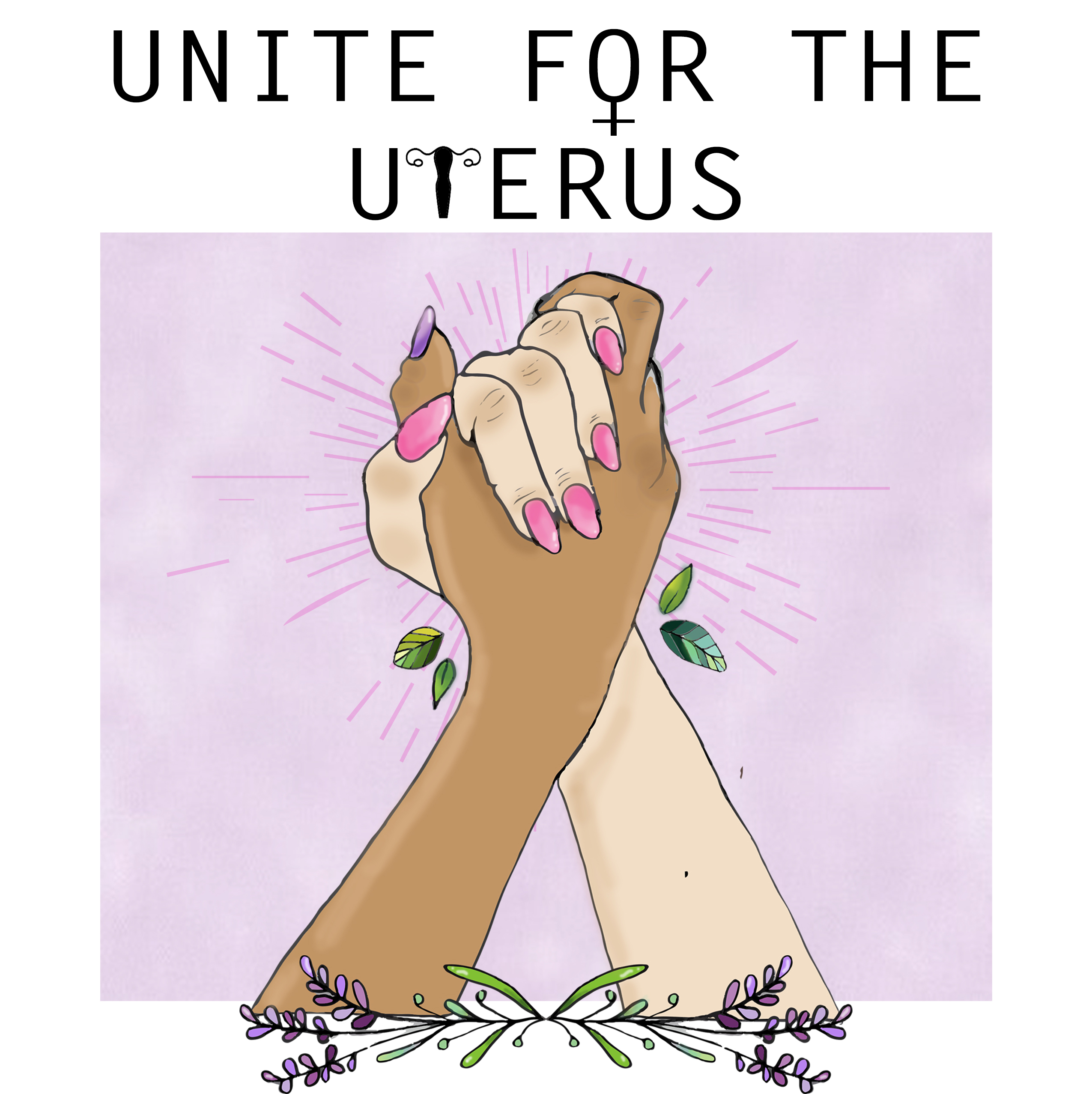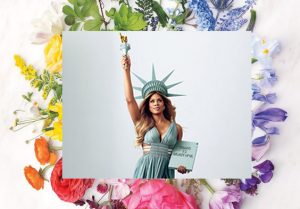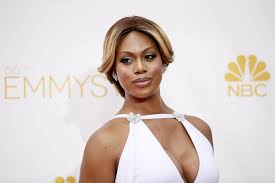Hey! I’m Carmen Rangel one of the contributing members of Unite For The Uterus, and as we reach the end of our project, we have decided to make ourselves the spotlight women of the week. This is a way to give our followers insight into who we are, why we care about the organization, and who has been inspirational in our life.
As a woman, it’s no surprise that I take an interest in women’s rights and my experience as a woman of color has made me place importance on understanding the various experiences of womanhood. I soon realized that we must put an emphasis on equality in order to make a future empowered females in a world where many of us face injustice and oppression. I believe that women deserve access to health care and reproductive planning and should be able to voice their opinions with local and federal representatives and should and will be taken seriously. I also hope to change a culture that degrades women and allows violence towards women to continue to occur without consequences. Additionally, the negative rhetoric towards females and the unrealistic beauty standards in our society have caused harmful effects on young girls leading to self-esteem issues which is another reason why I feel we need to tackle these issues today to make a substantial positive change for generations to come. As you can see there is so much to work on that I am passionate about, and with your help, we can make it possible!
There are so many women in my life and in history that have made me who I am, and I would like to time this as an opportunity to give Frida Kahlo one of the most influential women in my life a spotlight. Frida Kahlo is known for her incredible surrealist and self-portrait paintings and her feminist activist work during her lifetime as a Mexican painter up until the mid-1950’s.
I think that I relate so much to her because I am a Mexican American women, feminist, and artist but I can only dream to be as awesome as she was! Not only is she known as one of the greatest artists she was admired for her strength and determination as a creator. Kahlo started painting after she was in a tragic bus accident that left her bedridden where she worked on her craft but the injuries sustained throughout her entire life but that never stopped her from painting or from being politically active. Despite her physical limitation she never let anything stand in her way and made her named known in a male-dominated art world, fought for a better society, and freedom of expression. Overall she was a total badass, and I admire her for everything that she has accomplished and for being such an inspiration to me!











